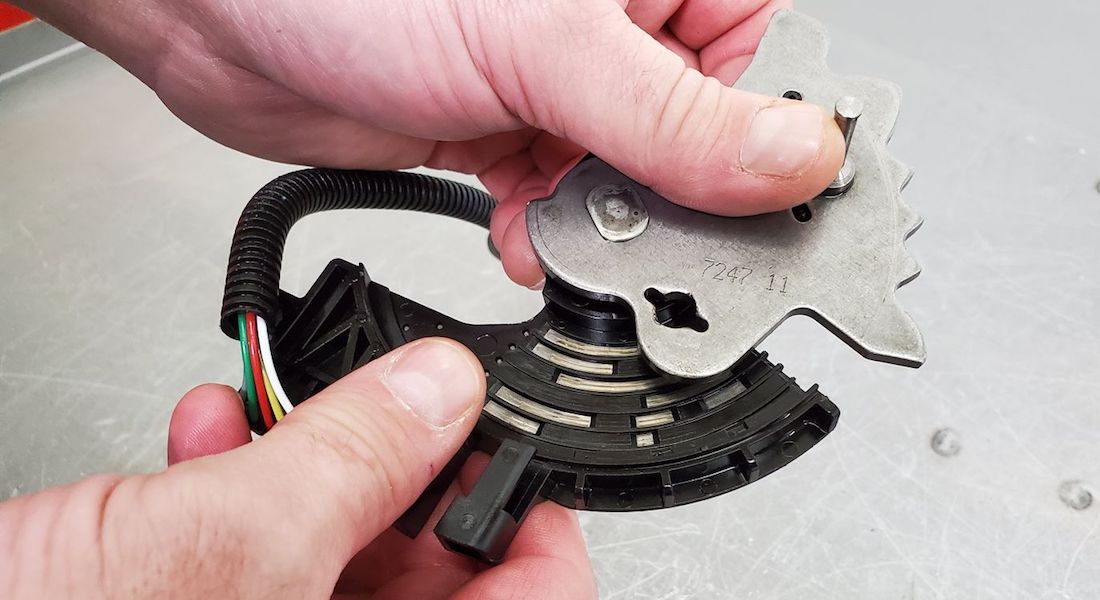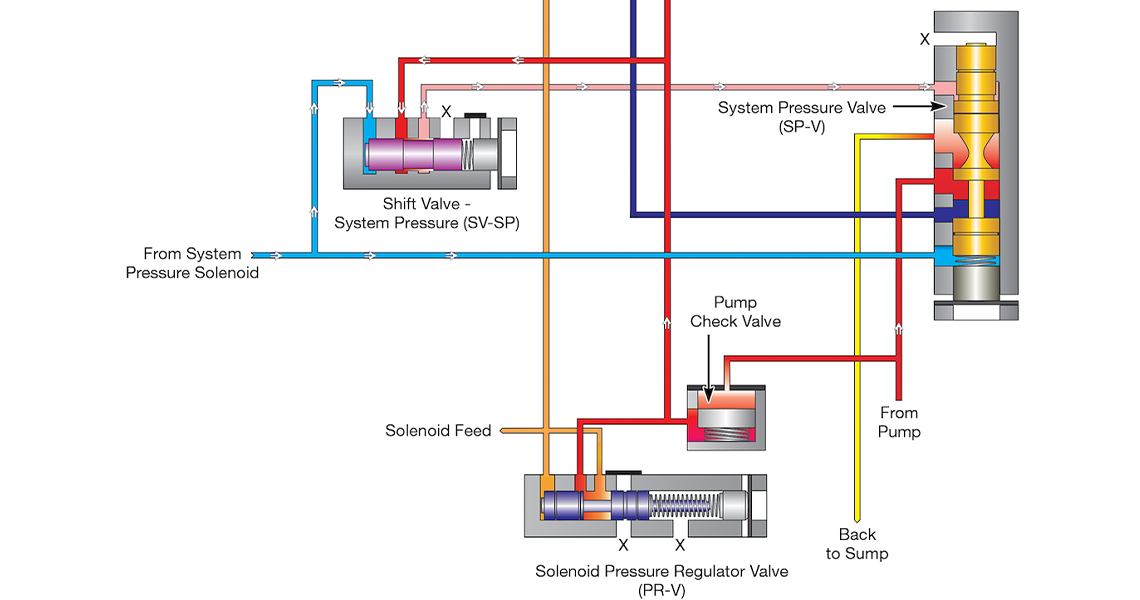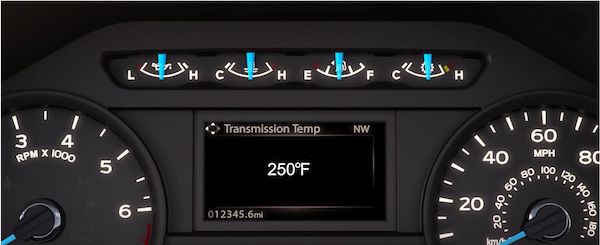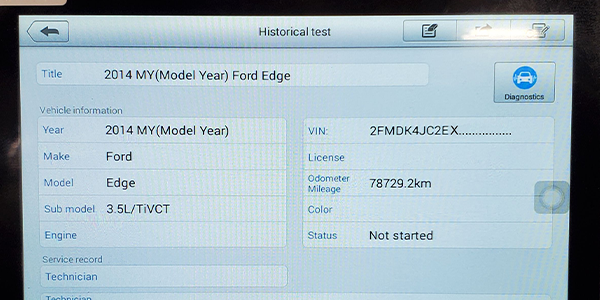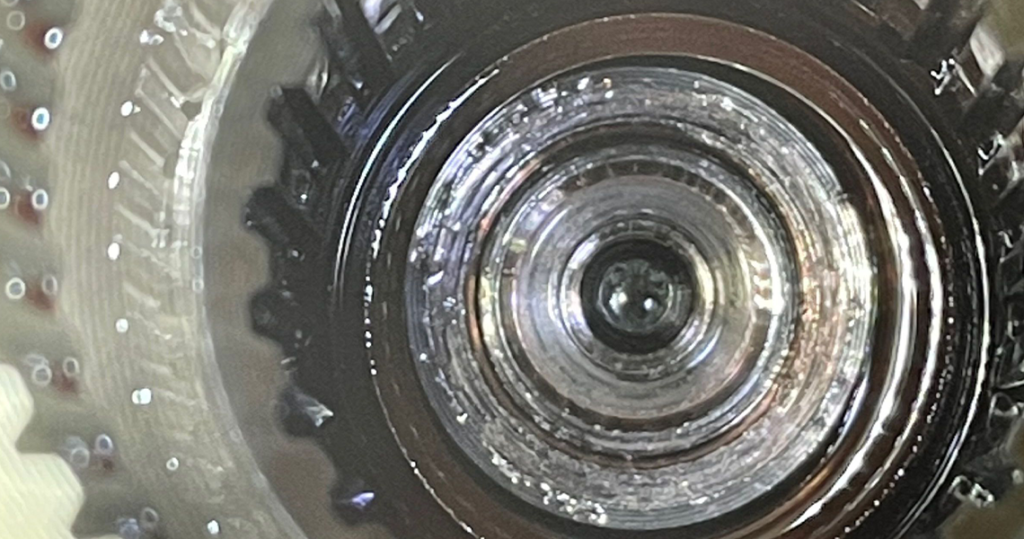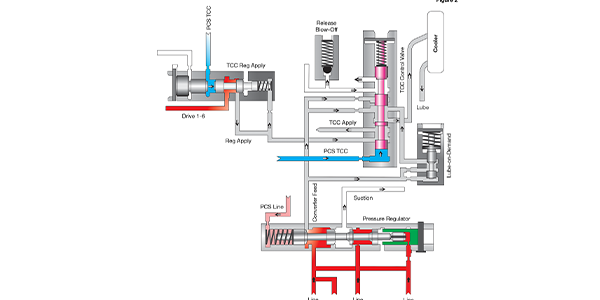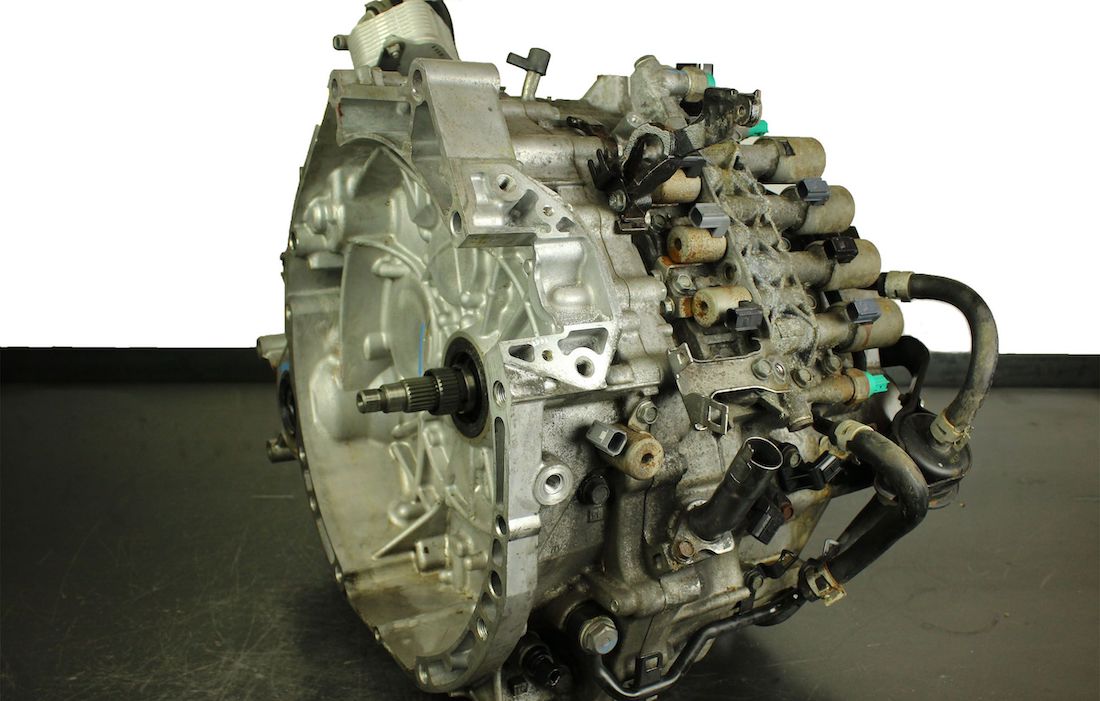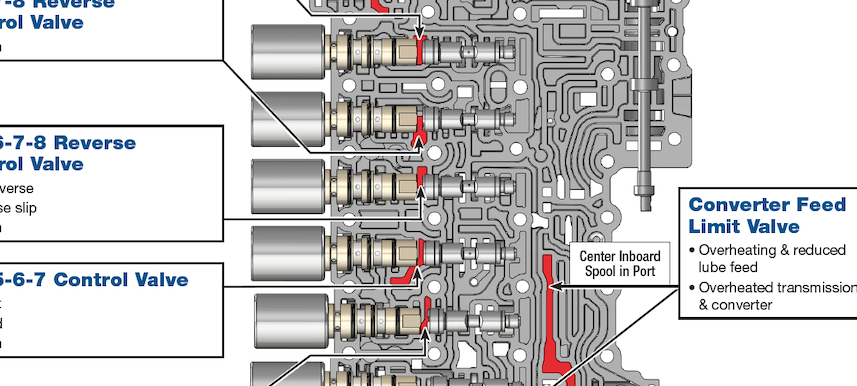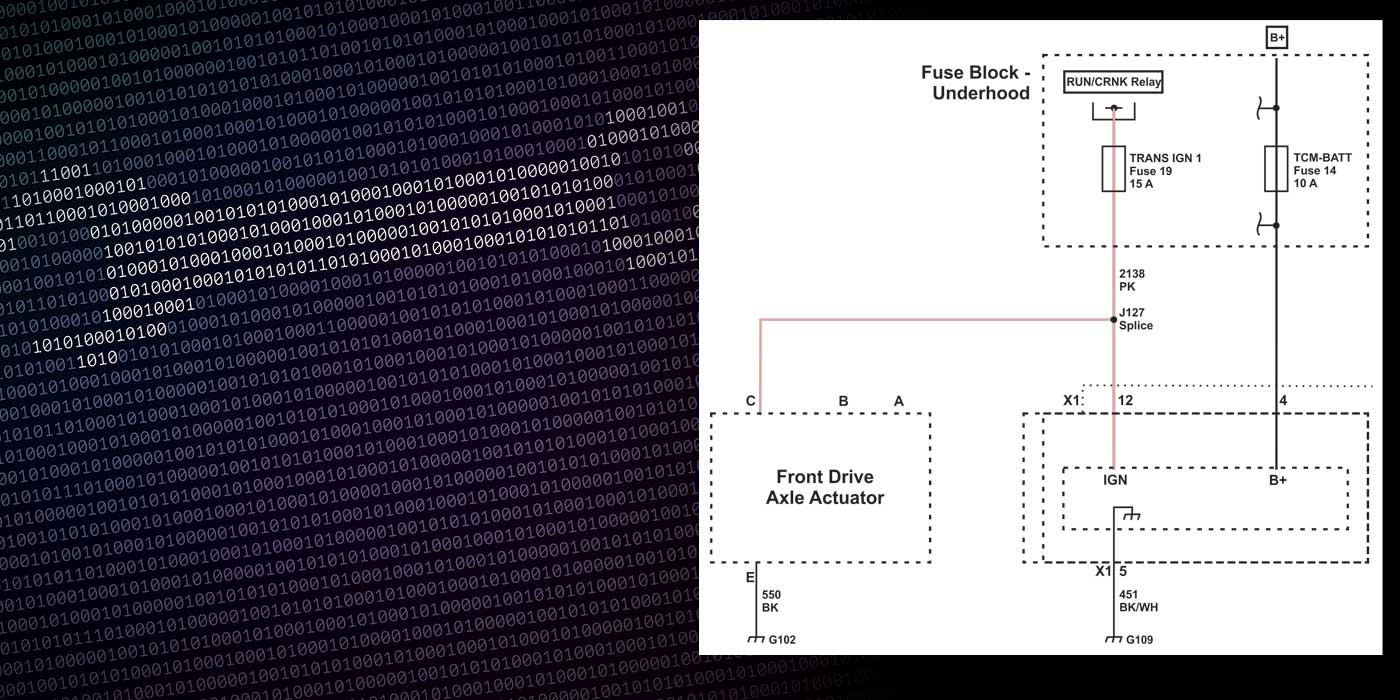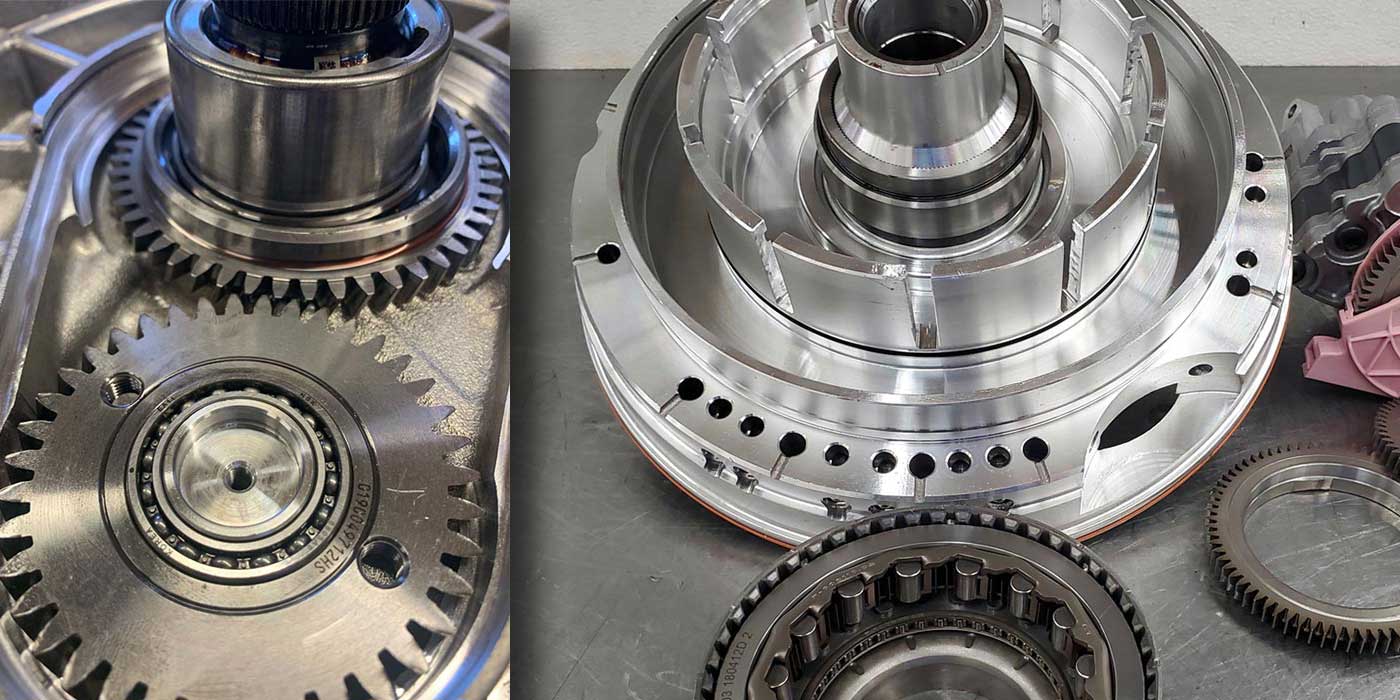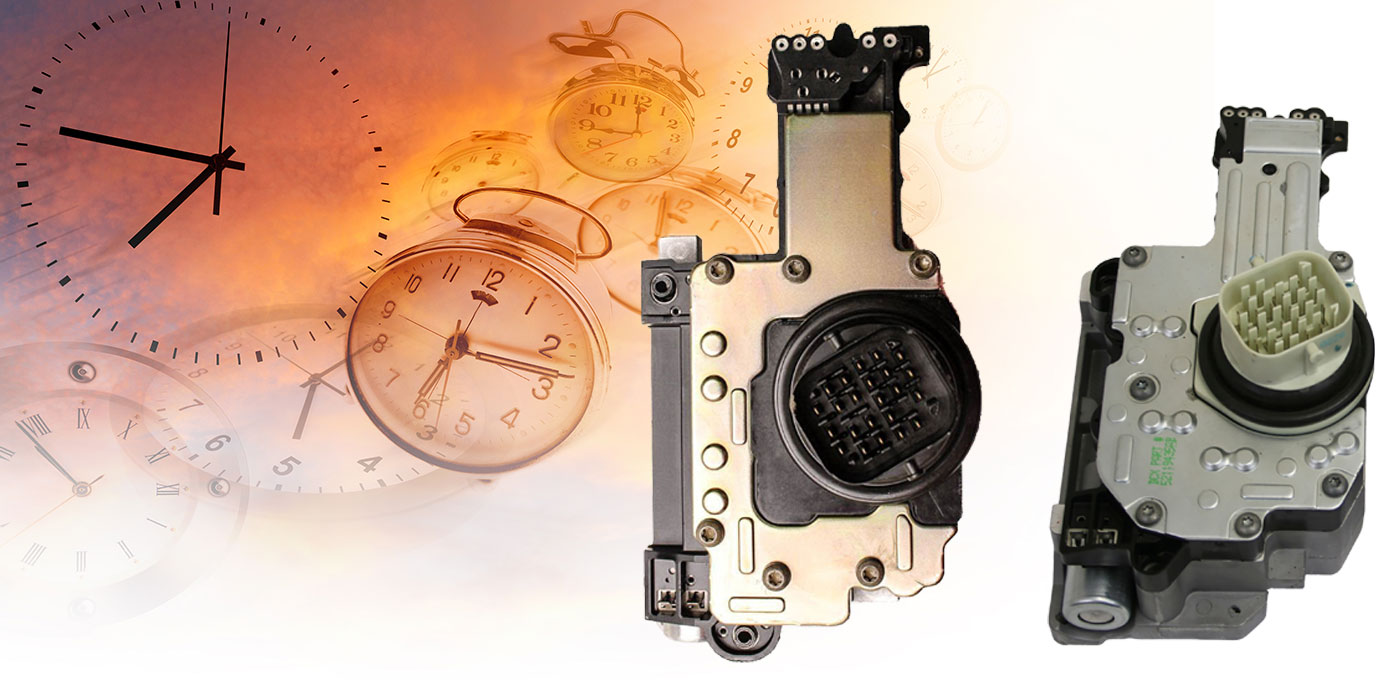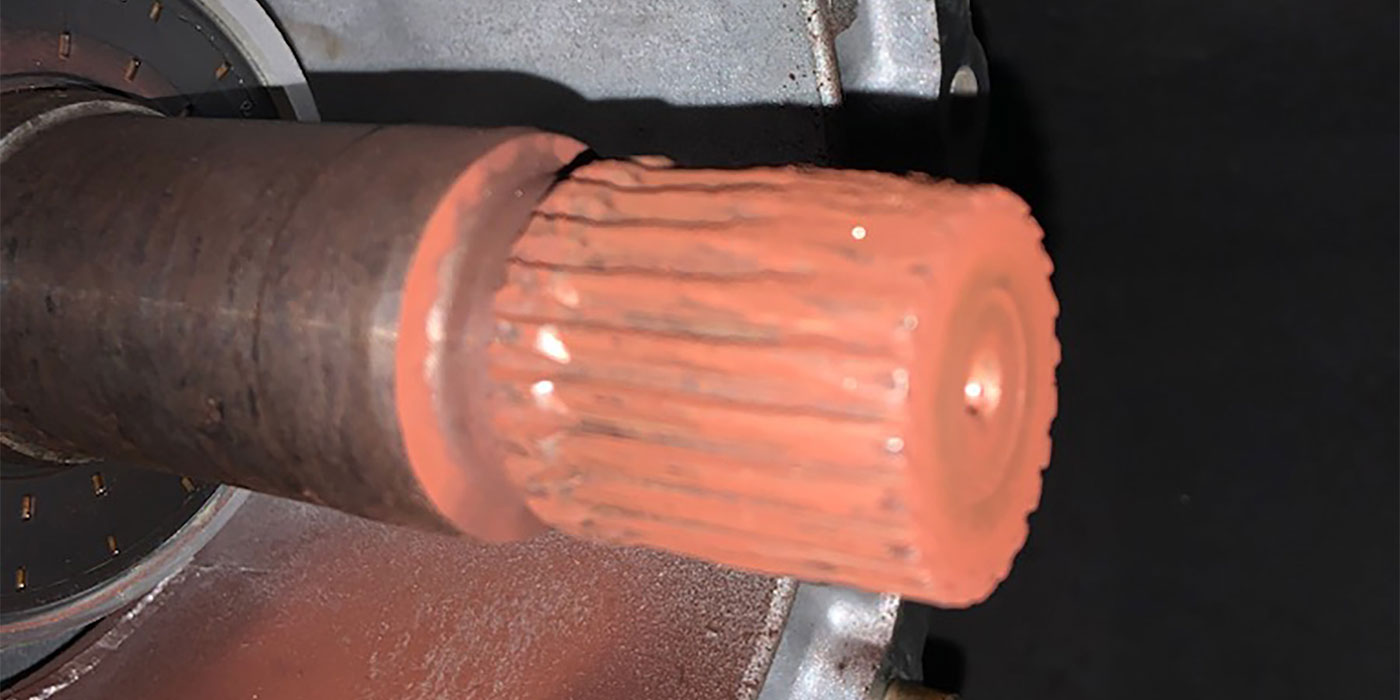
Technically Speaking
- Author: Wayne Colonna, Technical Editor
Sensor causes shuttle-shift complaint with 4L80-E in diesel pickup
There is nothing more frustrating for any technician and/or shop owner than to encounter a late-model vehicle experiencing problems and have no diagnostic codes to go by. One well-experienced example of this would be with pre-1996 vehicles. Many different styles of electronic transmissions would not set a code for an inhibitor switch because there were no codes for the computer to produce. So when it would malfunction, it would leave the technician clueless as to the source of the problem.
Time has taught us that a malfunctioning inhibitor switch could cause no fourth gear or falling out of fourth, a sudden neutralizing or delayed engagements. This knowledge, of course, has come to us after years of chasing after every other possibility. Then, of course, why not change what hasn’t been changed – the inhibitor switch – and voilá, it worked.
Recently we ran across an interesting problem with a 1999 Chevy 3500 with a 4L80-E transmission and a 6.5-liter diesel engine. Once the vehicle reached a cruising speed at 25% or greater throttle opening, a severe 2-3/3-2 or 3-4/4-3 shuttle shift would occur. The drive-by-wire throttle-position sensor (TPS) was the first sensor to be called into question, but after a thorough diagnosis it was eliminated as the source of the problem. To save you hours, days and weeks of unnecessary work and parts replacement that this one has required to chase it down, I will tell you what remedied this dilemma. It was a problem with a device, mounted on top of the fuel-injection pump, called the optical/fuel-temperature sensor (see Figure 1). A quick and simple method to verify whether this sensor is causing the severe surge is simply to unplug it. The vehicle will start hard, but once it is running, when you drive it the shuttle-shift surge complaint will have vanished.
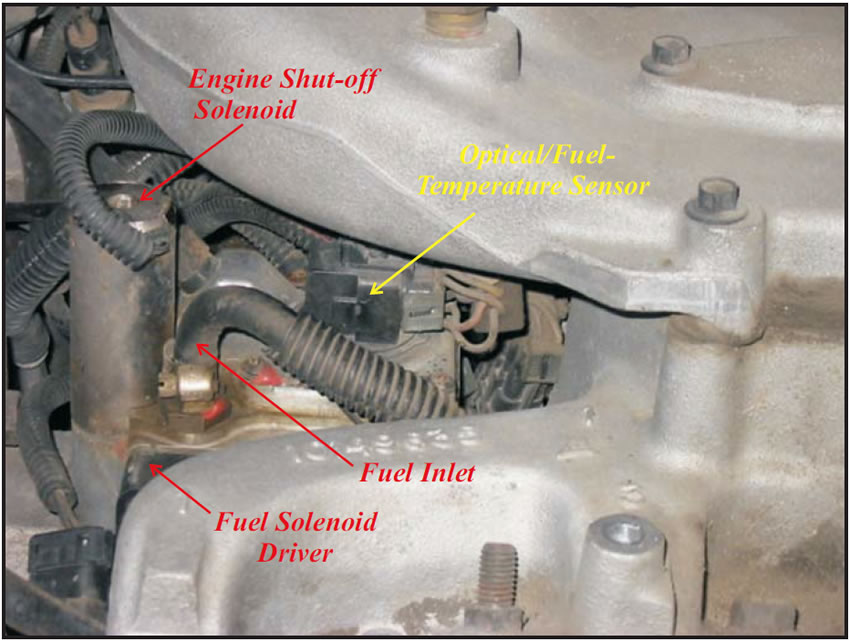
For obvious reasons, this sensor gets its name because it incorporates more than one sensor. The temperature sensor is used to monitor fuel temperature, and the optical sensor provides pump cam signals. This optical sensor is an infrared light source and receiver that reads a slotted disc mounted on the injection-pump timing cam ring (the injector pump is driven by the camshaft via a drive- and driven-gear arrangement).
From the slotted disc, the sensor can produce high- and low-resolution signals, and both are compared with the signal of the crankshaft-position sensor. The PCM monitors the high-resolution signal and uses it to measure the angular pump displacement for fuel metering. By comparing it with the crank signal, the PCM also uses this high-resolution signal for measuring timing. The low-resolution signal is used to trigger real-time events. It adjusts timing and idle fuel and is used in the PCM’s logic to diagnose both the high-resolution circuit and crankshaft-position sensor.
Without question, this is a sensor that provides critical data to the PCM. I would have thought that the parameters to make it set a code would have been more sensitive should it malfunction, but in this instance it did not. This sensor has been around for a while, so the chances of this problem coming into your shop are pretty good.
The pictures used in this article came from a 1994 Chevy (K) 3500 6.5-liter diesel truck owned by Gary Carne of Freeway Transmissions, but the tip came from Anthony Bellino at Gibraltar Transmissions in Staten Island, N.Y., who fought this problem and beat it with his 1999 vehicle. Thanks, Anthony!


